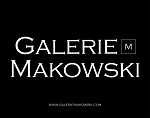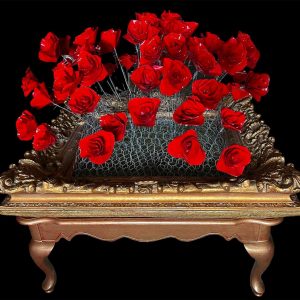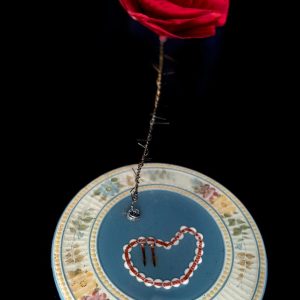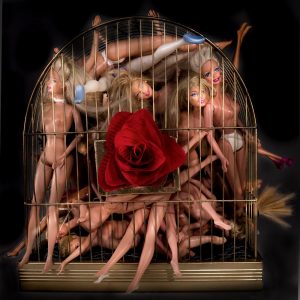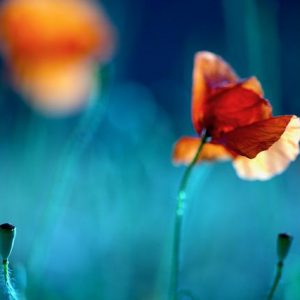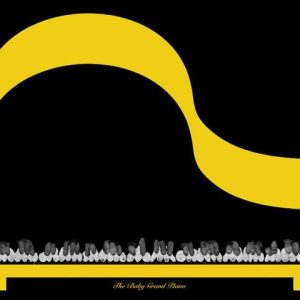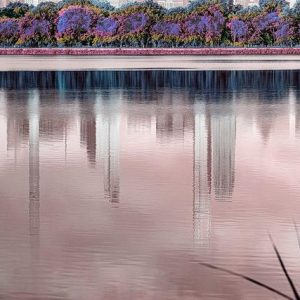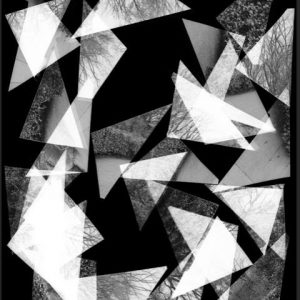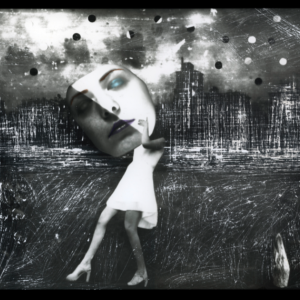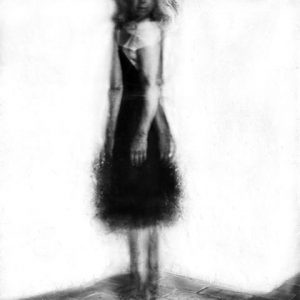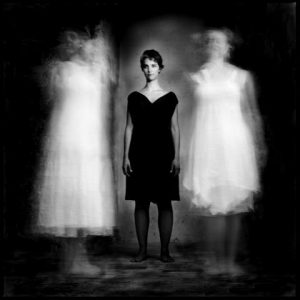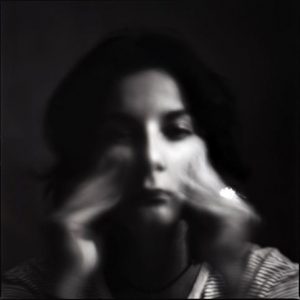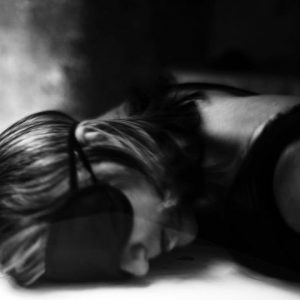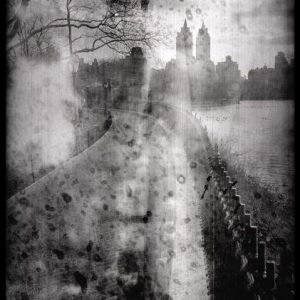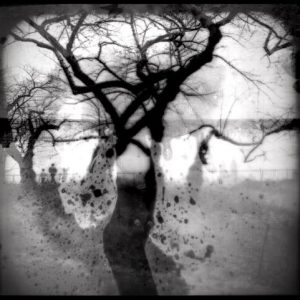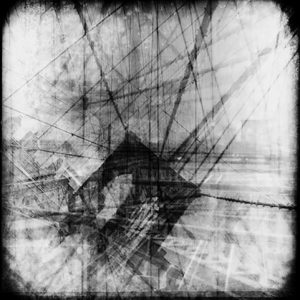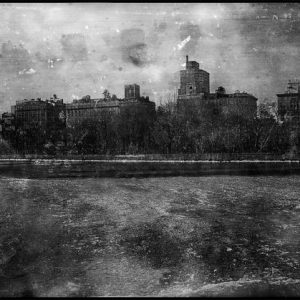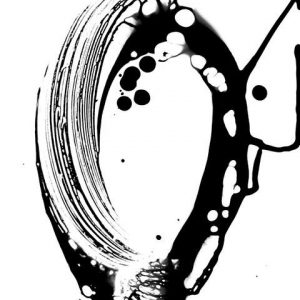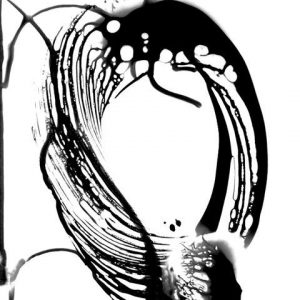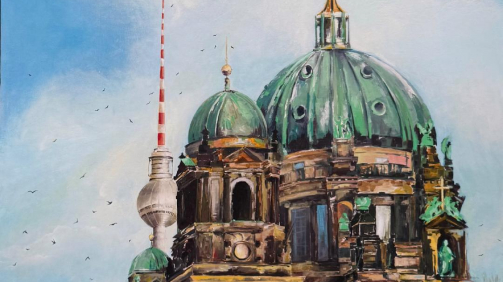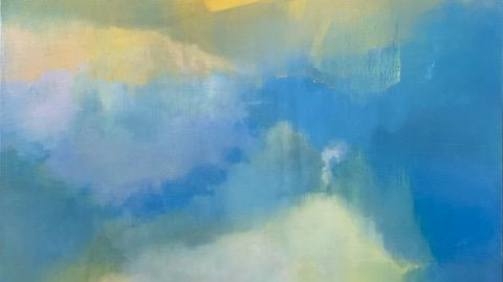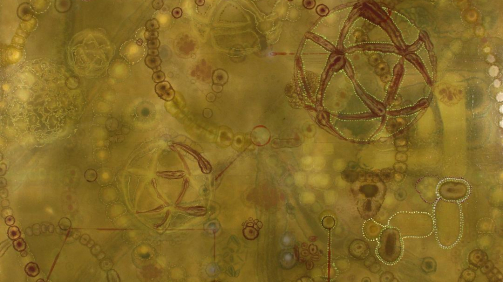Cynthia Karalla
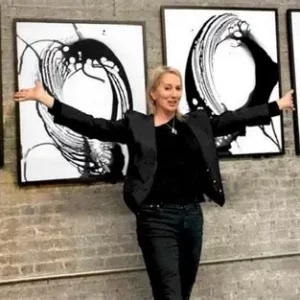
Biography:
Karalla’s life and work trace a path of resilience, independence and self invention. Born in Michigan in 1956, she faced an unsettled early life that led to time in a juvenile center during a custody dispute. By her early teens, she had hired her own lawyer and though she missed years of formal schooling, she quickly turned to self directed learning and creative pursuits.
At 19, she opened her first business then pivoted toward design and art. In the early 1980s, while enrolled in continuing education classes in interior design, a professor recognized her aptitude for spatial thinking and encouraged her toward architecture. Soon after she was admitted as a non matriculating student in the five year architecture program at the New York Institute of Technology while simultaneously preparing for her GED. She completed four years before leaving the program to pursue other opportunities.
Karalla went on to join Michael Lynn and Associates, becoming the youngest and only woman in the firm’s design department. After three years she departed the corporate design world in favor of independence, unwilling to let financial obligations limit her creative freedom.
In the late 1980s, she studied the Art Students League of New York, where artist Joe Stapleton urged her to apply for a Scholarship. She was awarded one shortly thereafter, marking the beginning of her formal recognition as an artist. Throughout the early 1990s, she freelanced for firms including Kohn Pedersen Fox and Fox & Fowle while continuing her artistic practice. During extended periods in Crete, Greece, she restored a donkey and chicken coop into a home, mastering traditional materials such as hand mixed cement—an experience that further deepened her understanding of structure and form.
By the late 1990s and early 2000s, Karalla collaborated with artist Andres Serrano on projects including The Interpretation of Dreams and America. Her trajectory reflects a refusal to be confined by convention, channeling a lifelong pursuit of autonomy, craftsmanship and visual expression.
Projects:
2000s – Every summer I would shoot a new project in Italy
2001 The Santi
2002 – 2004 The Humanities
2004 – Flash & Failure
2005 – 2007 Move Don’t Move
2006 – Seconds
2004 – 2007 The Baby Grand Piano
2007 – Test Prints and showtime for the Baby Grand Piano
2007 – Romancing the Blur
2008 – Intelligent Design; Fruits Meats & Babies
2009 – 2010 Fat lands
2010 – The Process
2010 – 2012 Paying Homage to the Underdog
2011 – Fatlands; After Death Options Exhibited at Ballarat
Biennale
2012 – Italian Poppies
2013 – IChing, Homage to John Cage
2014 – 2016 Assistant teaching at ICP
2016 – Cracked Ribs
2017 – Construction of the Newburgh Studio
2018 – 2019 – “It’s Craigslist, Toots!” the images
2019 – 2020 – The Mueller Report in Sculpture
2021 – Big Machines to Test Print my whole past life
2022 – The Zeckendorf project – Central Park
2023 – 2024 – The Book, “It’s Craigslist, Toots!”
2025 – In the works, The Resurrection of Beauty.
Collections:
MOMA, NYC
Cooper-Hewitt Museum, NYC
Yokohama Museum, Tokyo, Japan
New York Public Library, NYC
Daniel Katz, London, U.K.
Omer Koc Holding, Istanbul, Turkey
Edward R. Downe Jr, NYC
Esra Ekmekci, Istanbul, Turkey
Peggy Tirschwell, NYC
Wendy Oxenhorn, NYC
John Gorsuch, Omaha
Marianne Dissard, France
Bryan Lurie, NYC
Edmond Hollander, NY
Zev Eisenberg NYC
James Stockwell, NYC
Zeckendorf, NYC
Eve Benesch-Goldschmidt, NYC
Phil & Jenny Roosevelt, NYC
Anthony Haden-Guest, NYC
Estate of Ali Can Ertug, Steve Kennedy , Susan Shawn.
Statement:
¨My work is rooted in transformation. I’ve always been drawn to what’s overlooked— what’s broken, discarded, or seemingly unusable—and I find beauty in its potential. Photography is my way of engaging with the world, not to capture perfection, but to confront reality as it is: layered, uncertain, and alive with possibility. Much of my practice involves working with what others might consider flaws fogged negatives, bleached surfaces, exposure errors. These are not mistakes to me; they’re openings. I believe that life, like art, is full of surfaces we must scrape, stories we must revisit, and darkness we must sit with to find the light within. I never begin with a fixed outcome. My process is intuitive, guided by emotion, presence, and trust in the unknown. Whether I’m working through grief, political tension, or quiet moments of recovery, I see art as a space where even pain can be reimagined into clarity, humor, or resilience. To me, nothing is inherently negative. Everything every experience, every shadow, every silence—can be a starting point. Art is not a form of escape; it’s how I stay with what’s difficult long enough to let it change shape. In that way, every image is an act of alchemy¨.
